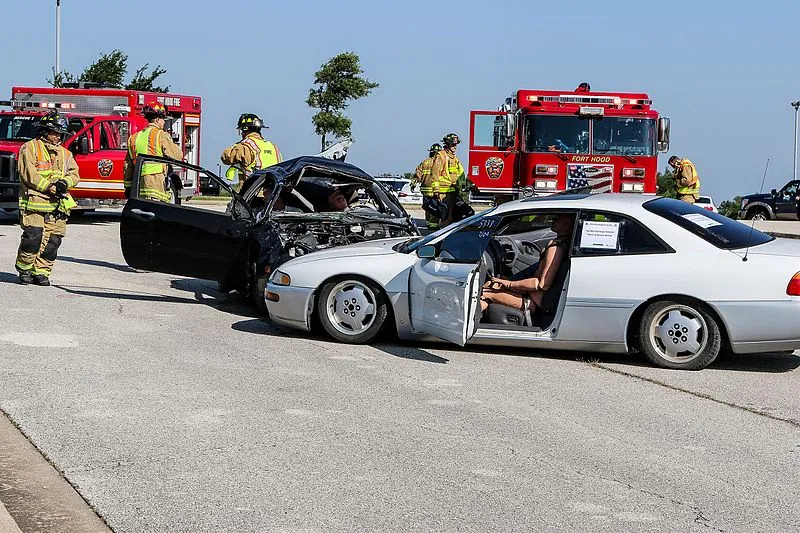Weber Fracture
Weber Fracture
While cars are a convenient mode of transportation, there are inherent risks any time someone gets behind the wheel. There is always the possibility that a car accident can take place and some car accidents are worse than others. Sometimes, a car can get T-boned or even roll over by the sudden force applied by an evasive maneuver or another object. When either of these situations takes place it is possible for a type of ankle fracture, called the Weber fracture.
What is a Weber Fracture?
A Weber fracture is the name given to several different types of ankle fractures. These ankle fractures all occur under similar mechanisms. When a car is T-boned, the other car can sometimes impact the first car in the driver’s side door. This causes the driver’s side door to crumple and can “roll up” the driver’s ankle within the metal as it collapses. This can also happen when a car rolls if the driver’s side door gets damaged in this process. If the ankle gets rolled up in the accident, this will place significant stress on the bones. The degree of stress will decide if the ankle fractures and how badly. This is the Weber fracture.
What Symptoms Might Appear with a Weber Fracture?
The symptoms of the Weber fracture are similar to any fracture in the ankle region. The most common symptom is pain. The patient will most likely be able to pinpoint the pain in the ankle region. If the force was significant, the ankle could get rolled completely and fracture not only the ankle but also the fibula. Along with the pain comes swelling. The body will respond to the trauma and send a significant amount of cells and fluids to begin repairing the damage. This will cause the joint to swell. If the patient attempts to walk on the fractured ankle, they will likely find this impossible. A severe fracture may also appear discolored in a black and blue color.
Diagnosis of Weber Fracture
Similar to other fractures, the diagnosis will rely on both the clinical appearance and a radiological image. The physician will first ask if the patient can walk on the ankle. When the patient is unable to do so, the physician will order an x-ray. The x-ray will usually confirm a Weber fracture but the physician may also order an MRI to determine the severity of the fracture. As the ankle continues to roll, a Type B or Type C Weber fracture also has ligament tears that will require an MRI to diagnose. A Type A fracture does not have these ligament tears but an MRI will be ordered anyways to confirm the fracture is a Type A and not a Type B or Type C.
Surgical Procedures to Correct Weber Fracture
Patients should note that a Weber fracture is a severe fracture. All Weber fractures will require a surgical procedure to correct, called an open reduction and internal fixation. Frequently, pins and screws are required to hold the bones in place so that they can heal properly. If other fractures exist in the fibula, these will also be corrected. Torn ligaments will also be corrected using various methods depending on their severity. The patient will require physical therapy to learn how to walk on the reconstructed ankle.
Related articles by Ed Smith:
Sacramento Personal Injury Lawyers
I’m Ed Smith, a Sacramento Personal Injury Lawyer. If you have been seriously hurt in a car crash as a result of someone else’s negligence, please give me a call today at (916) 921-6400 or (800) 404-5400 for free, friendly advice.
I am listed among the members in the Million Dollar Advocates Forum.
See our outstanding list of client reviews on Yelp, Avvo (a lawyer ranking site) and Google.
:DR
Photo Source: Wikimedia Commons

